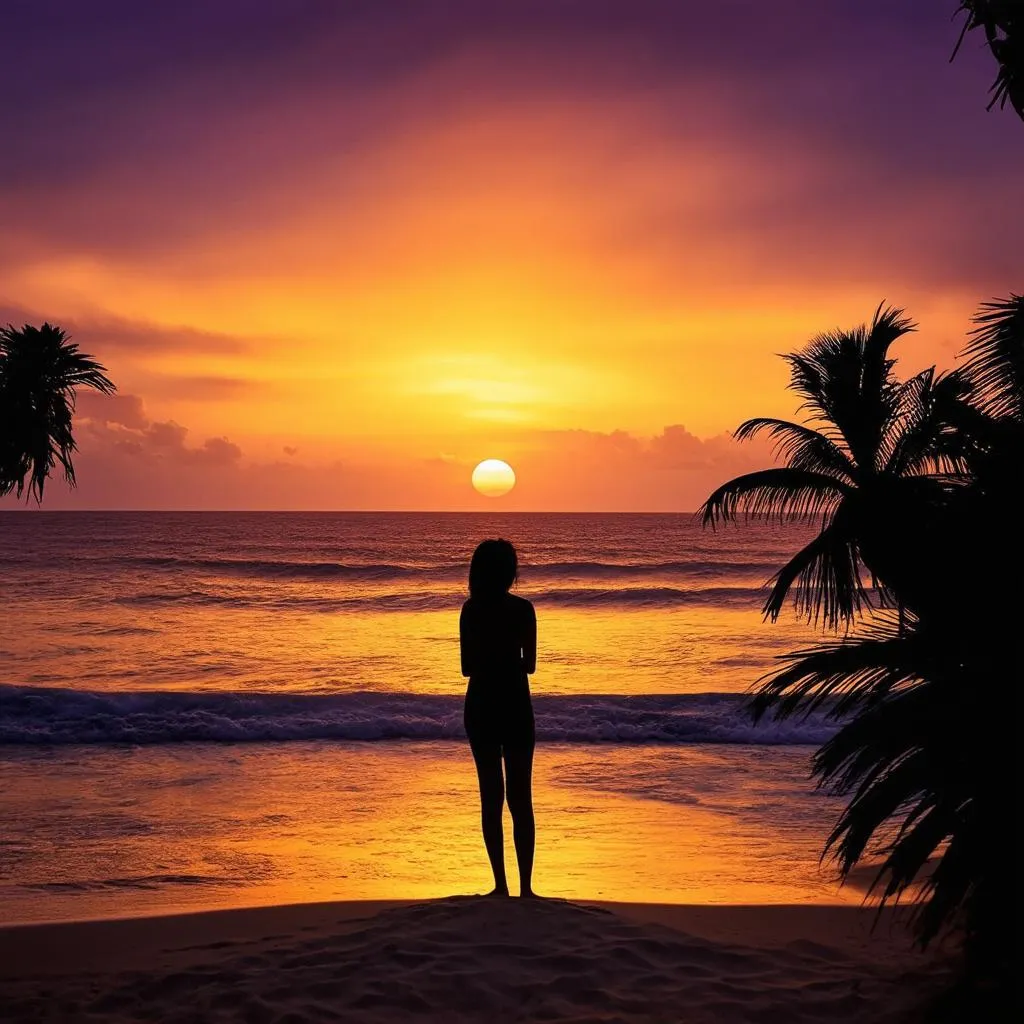“It’s more fun in the Philippines!” – this catchy slogan you’ve likely heard rings true, but concerns about safety might be lingering in your mind. It’s natural to wonder about safety when exploring a new country. So, is the Philippines safe for tourists? The short answer is: yes, but like any destination, it requires awareness and common sense.
Let’s dive deeper into navigating the beautiful islands of the Philippines safely and responsibly.
Understanding Safety in the Philippines
Safety is a relative term and the Philippines, like any country, has its share of challenges. However, millions of tourists enjoy incredible experiences in the Philippines every year.
Factors Influencing Safety:
- Location: Just like you’d be more cautious in certain areas of your own city, some areas in the Philippines require heightened awareness. We’ll delve into specific regions later.
- Time of Year: The Philippines has a typhoon season (generally July to November). Staying updated on weather advisories is crucial during these months.
- Personal Conduct: Being respectful, avoiding flashy displays of wealth, and being mindful of your surroundings greatly reduces risks.
Safe and Popular Destinations
The Philippines boasts breathtaking natural beauty and vibrant cities. Here are some popular tourist spots known for their safety:
- Boracay: Famous for its white sand beaches and lively nightlife, Boracay offers a secure environment for tourists.
- Palawan: Home to the stunning El Nido and Coron, Palawan is renowned for its natural beauty and generally peaceful atmosphere.
- Cebu: This island province offers a mix of historical sites, bustling city life, and beautiful beaches.
- Bohol: Known for its Chocolate Hills and adorable tarsier primates, Bohol is a safe and family-friendly destination.
 Chocolate Hills landscape
Chocolate Hills landscape
Tips for a Safe and Enjoyable Trip
- Research Your Destinations: Before you go, research the specific areas you’ll be visiting. The U.S. Department of State and your home country’s travel advisories are great resources.
- Secure Your Belongings: Petty theft can occur, so use hotel safes for valuables, keep your belongings close, and be wary of pickpockets, especially in crowded areas.
- Transportation Safety: Opt for reputable transportation options. Ride-sharing apps are widely available in cities. When using taxis, ensure they are metered.
- Food and Water Safety: Stick to bottled water and be cautious of food from street vendors, opting for well-cooked meals from established restaurants.
- Learn Basic Filipino Phrases: Knowing a few basic phrases like “Salamat po” (thank you) and “Magandang araw po” (good day) goes a long way in showing respect and facilitating interactions.
Addressing Common Concerns
Is it safe to travel alone in the Philippines?
Solo travel is generally safe, especially in tourist-heavy areas. However, it’s always wise to inform someone of your whereabouts and avoid walking alone at night in unfamiliar or poorly lit areas.
How safe is public transportation?
Public transportation is generally safe, especially the official bus lines and jeepneys. Just be aware of your belongings and exercise caution during late hours.
What about scams?
Like many tourist destinations, scams can occur. Be wary of overly friendly strangers, double-check prices before agreeing to anything, and negotiate fares beforehand.
Feng Shui and Travel: Inviting Positive Energy
Incorporating feng shui principles can enhance your travel experience. Packing a piece of rose quartz, known for attracting love and positive energy, or keeping your luggage organized to promote a sense of calm, are simple ways to invite good vibes on your journey.
 Sunset on a Philippine Beach
Sunset on a Philippine Beach
Planning Your Philippine Adventure
Ready to experience the beauty of the Philippines? Here’s a basic itinerary to get you started:
7-Day Sample Itinerary:
- Day 1-3: Manila – Explore the historic walled city of Intramuros, visit the San Agustin Church, and experience the vibrant street life.
- Day 4-6: Boracay – Relax on White Beach, try water sports like parasailing and diving, and enjoy the island’s nightlife.
- Day 7: Depart from Manila
Estimated Budget:
A trip to the Philippines can be as budget-friendly or luxurious as you make it. Expect to spend around $50-$100 per day on a mid-range budget, covering accommodation, food, and activities.
Don’t Miss:
- Chocolate Hills, Bohol: Witness the unique geological formations that have captivated travelers for centuries.
- Puerto Princesa Subterranean River National Park, Palawan: Explore this underground river system, a UNESCO World Heritage Site.
- Tubbataha Reefs Natural Park: Dive into a world-renowned diving site teeming with marine life.
Travelcar.edu.vn: For more travel tips, destination guides, and inspiration, visit travelcar.edu.vn. We offer valuable resources to help you plan your perfect Philippine adventure.
Embracing the Philippine Spirit
While safety is essential, remember that the heart of the Philippines lies in its warm hospitality and vibrant culture. Embrace the “Bayanihan” spirit of community and helpfulness, and you’ll find yourself welcomed with open arms.
Have you dreamed of exploring the enchanting islands of the Philippines? Share your travel aspirations in the comments below!